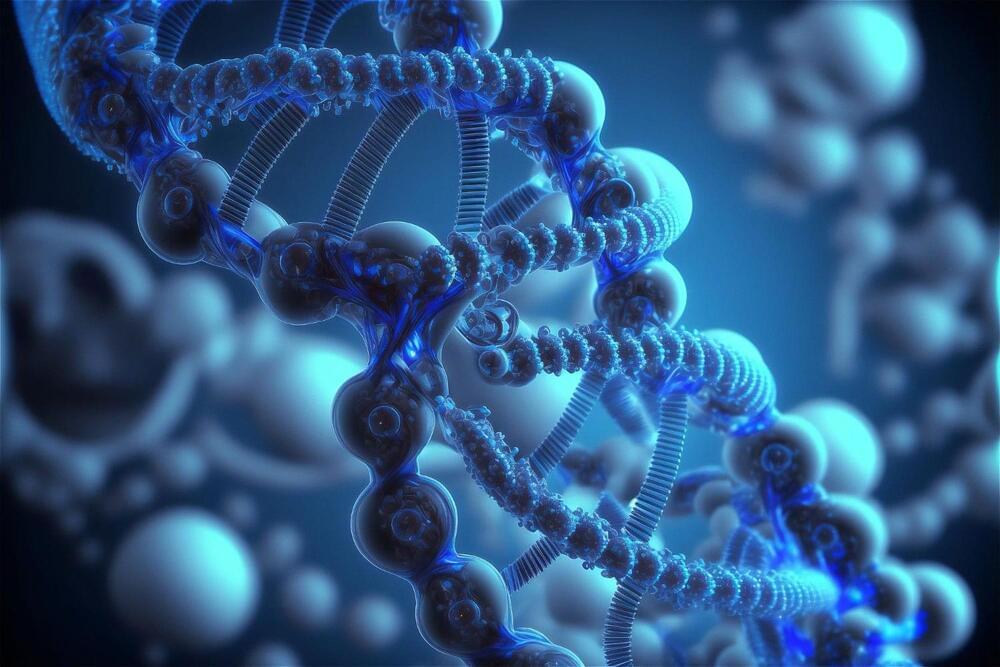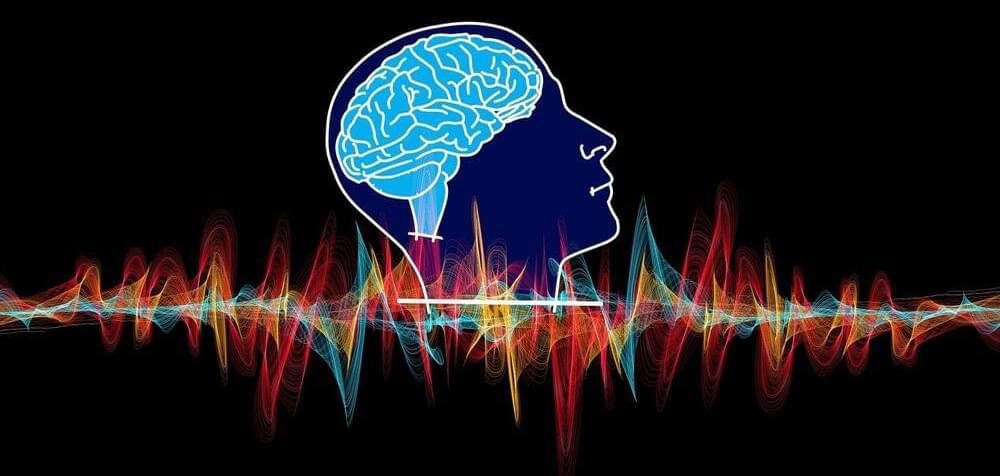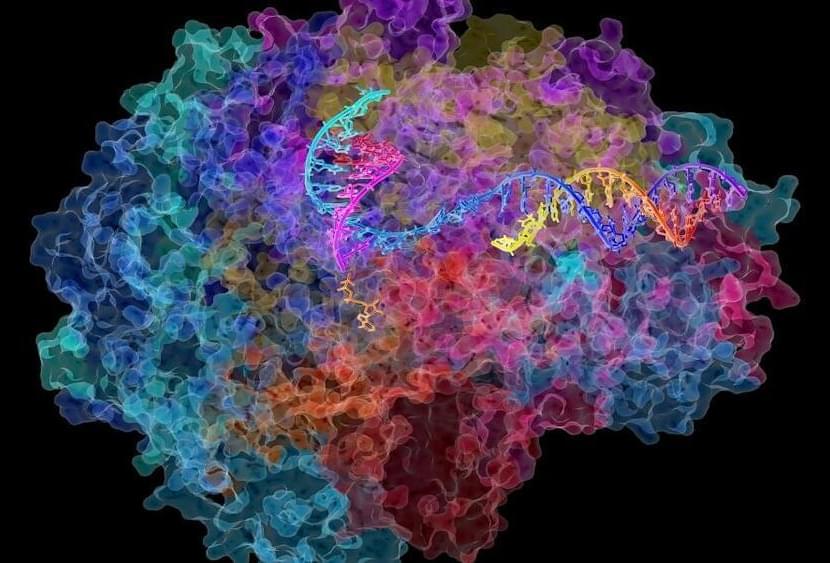Improved, innovative strategies are needed for the prevention and promotion of recovery from mental illness as these disorders leading cause of disability worldwide. This article will review the evidence linking dietary pattern to brain-based illnesses and provide an overview of the mechanisms that underlie the association between brain health and the food we eat. Considerations for dietary intervention will be discussed including encouraging a shift towards a traditional or whole foods dietary pattern.
Robert, a 43-year-old married man who presents with irritability and a low mood for two months. He has a history of attention deficit disorder, first diagnosed two years ago, and is currently treated with Vyvanse 70 mg. While his focus and work function are improved, he reports low appetite, fatigue, and difficulty sleeping. He notes that he tends to be quite irritable during mealtimes to the extent that his wife has asked him to stay at work past dinnertime to “stay out of the way.” He feels guilty and, concerned about not connecting emotionally to his young children ages 1 and 3. Further history and medical workup reveal no substance use, no active medical issues, and blood work reveals no abnormalities.
The evidence is growing: food choice is strongly implicated in mental health risk. In cases like Robert’s, a food history is a vital piece of data, both in assessing low appetite as a possible medication side effect, or as a symptom of depression. Furthermore, a food history is imperative to understand whether targeted dietary recommendations could assist in his recovery.
An approach to consider for patients with mental health symptoms is to offer counseling on lifestyle interventions, such as diet.1 Physicians often feel ill-equipped to discuss diet due to lack of training, limited time, and a poor reimbursement structure. Physician uncertainty is likely exacerbated by the wide variety of specific dietary recommendations and dietary “tribes” that exist in our society today. Over 2,000 years ago, Hippocrates said, “let thy food be thy medicine and thy medicine be thy food.”2 The evidence base is increasing that we should re-examine his counsel, as the effect of good food has profound implications for brain health.







